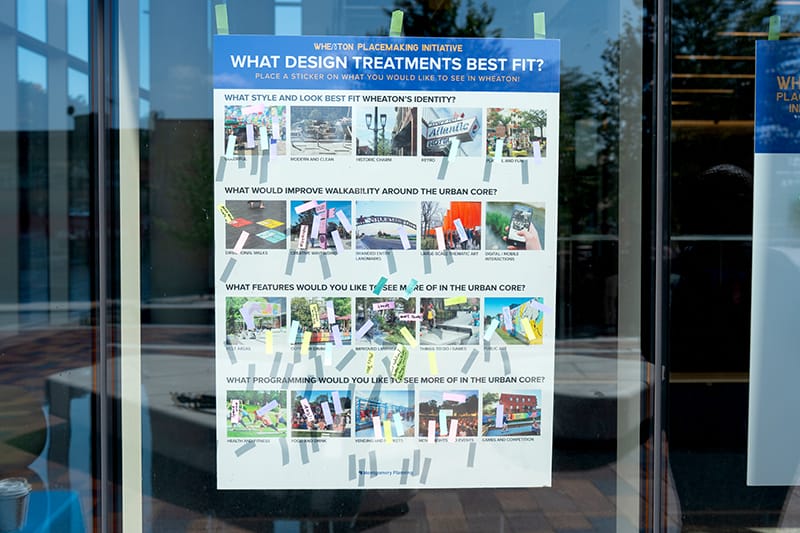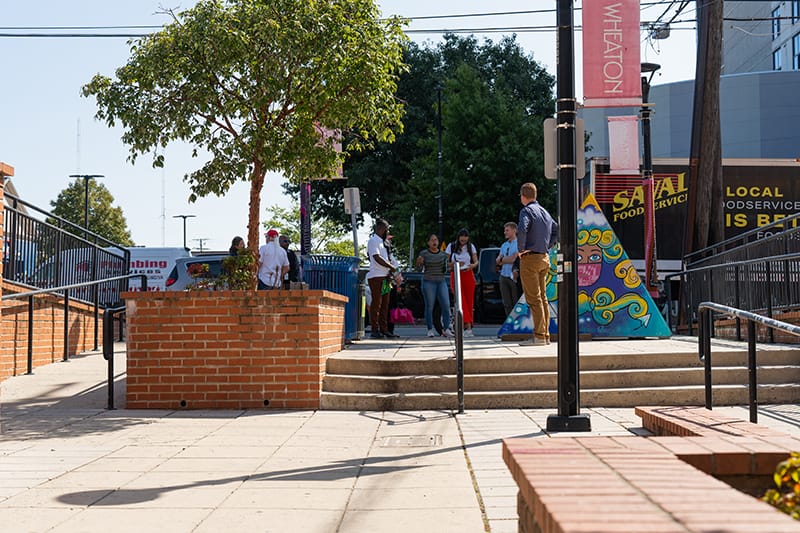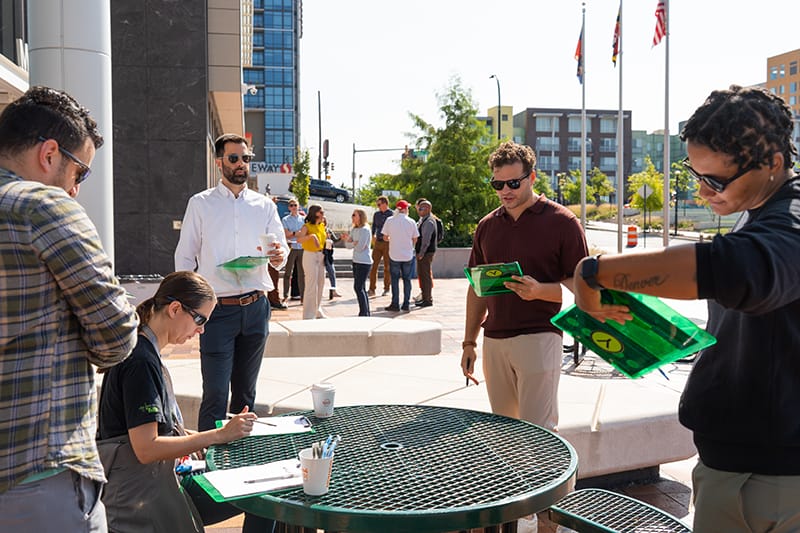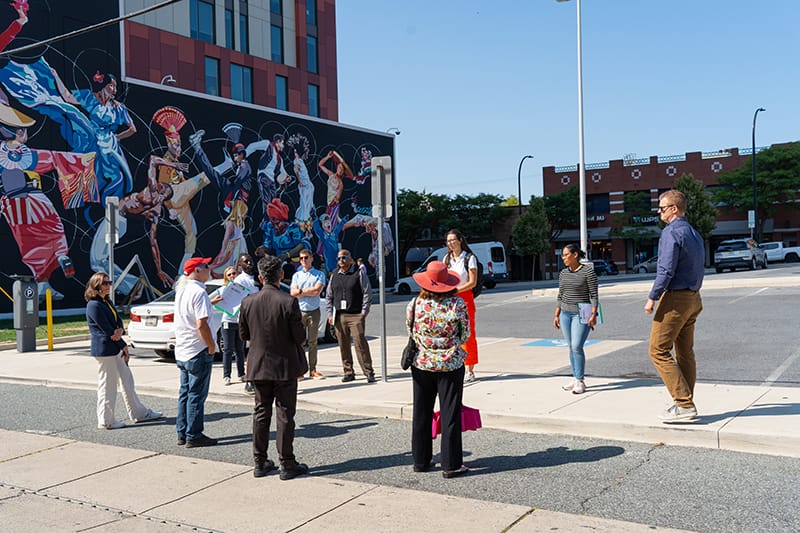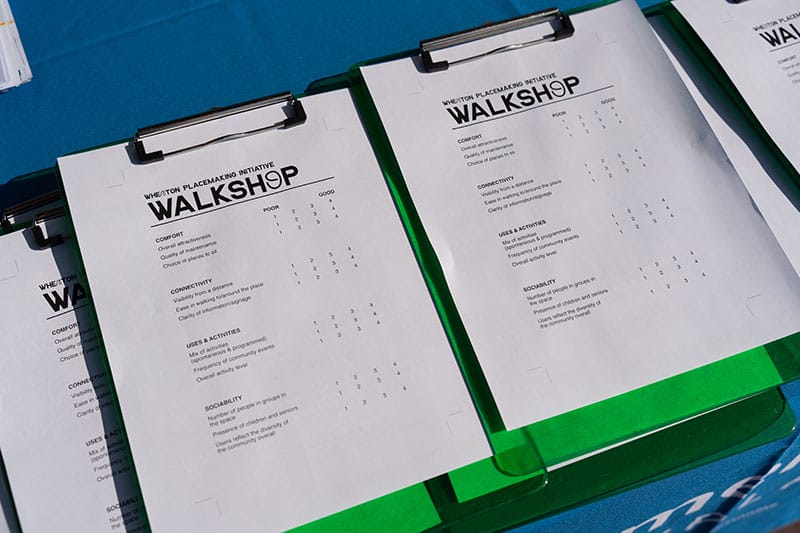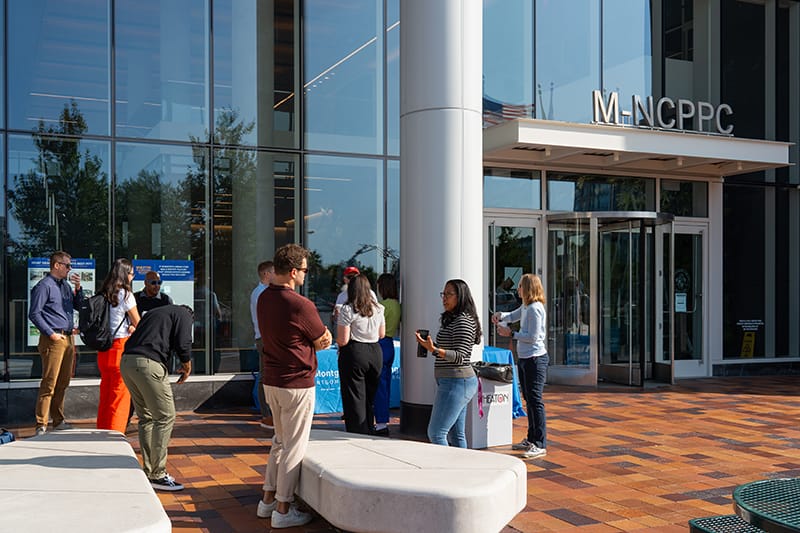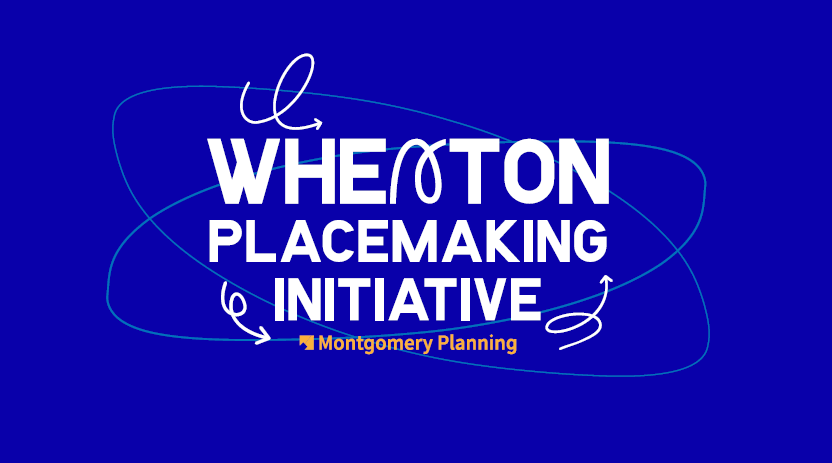Montgomery Planning and its partners hosted Wheels in Wheaton on May 31 and June 1, 2025 to advance the recommendations of the 2012 Wheaton Central Business District and Vicinity Sector Plan, the 2022 Wheaton Downtown Study and the 2023 Streetscape Standards. Through the Wheaton Placemaking Initiative, Montgomery Planning worked with the community and local businesses to launch a temporary skating rink and gathering space for the Wheaton community to showcase how underutilized public space in an urban center can be transformed to be functional, exciting, and recreational.
During engagement for the 2022 Wheaton Downtown Study, community members felt strongly about the small business character of the Triangle, the creation and support of public open space, a strong sense of place, and the improvement of safety and connectivity. Building off the results of the study’s engagement and following a recommendation for placemaking activities in the Wheaton Downtown Study, the Wheaton Placemaking Initiative focused engagement on placemaking specifically within the Wheaton Triangle.
Staff conducted a public survey, a walk-audit with community leaders, a public open house, participated at local events, and had one-on-one conversations with business owners, artists, and other community organizers. Here are the main takeaways:
- Community members want areas to gather, more outdoor dining options, and more local shopping opportunities.
- Most visit Wheaton to eat, shop, and attend local events, and there is a strong desire for more markets, more programming, and more entertainment for all ages.
- Safety measures and more comfortable ways to get from place to place are important to enhance the community.
- Wheaton’s unique sense of place, culture, and local business economy is important to build on, and further support and grow.
Thank you to the Wheaton Urban District, the Mid-County Regional Services Center, Montgomery Parks, Prince George’s Parks and Recreation, Montgomery County Department of Transportation, our partners, and the community for making Wheels in Wheaton a success!
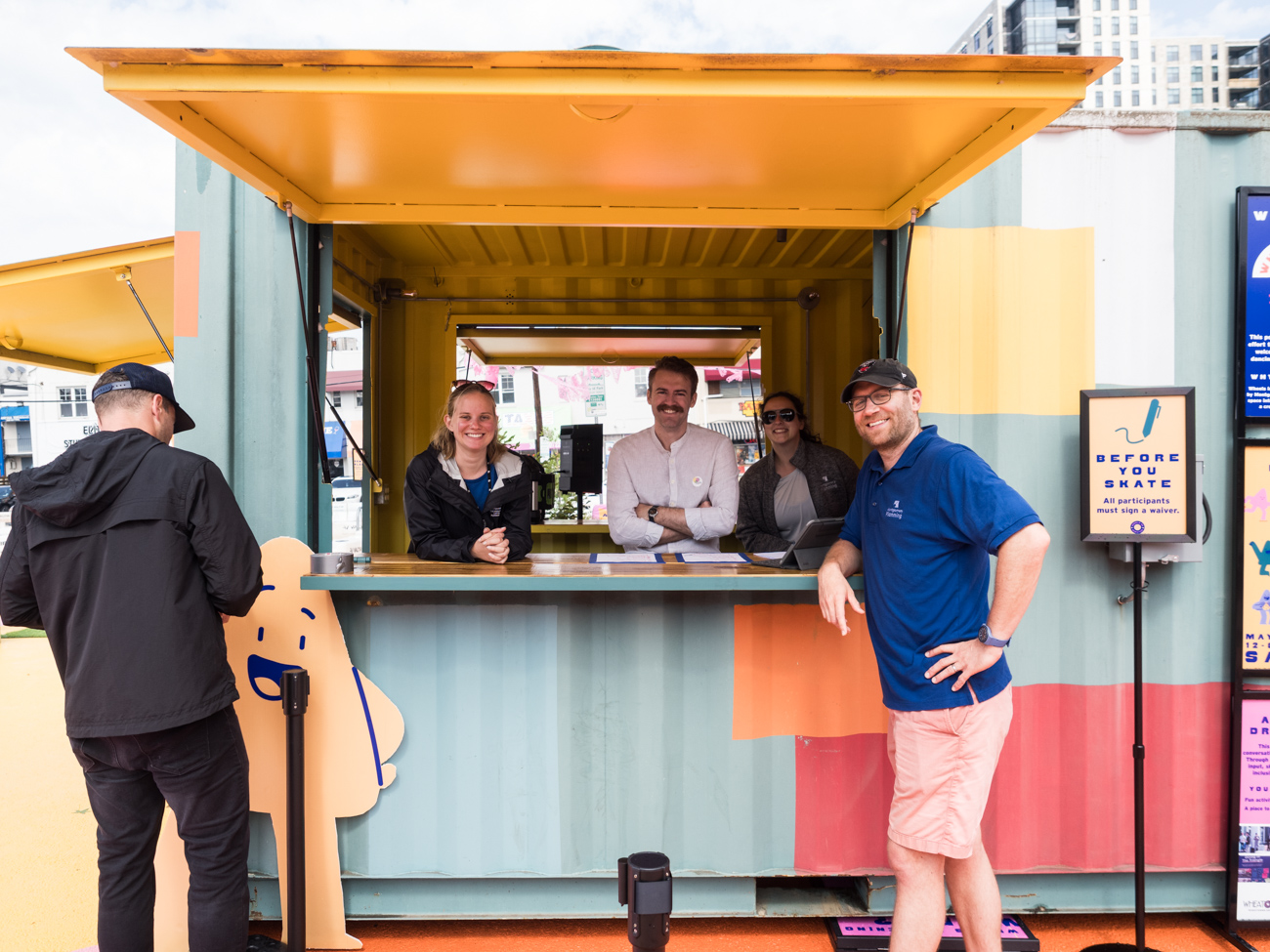
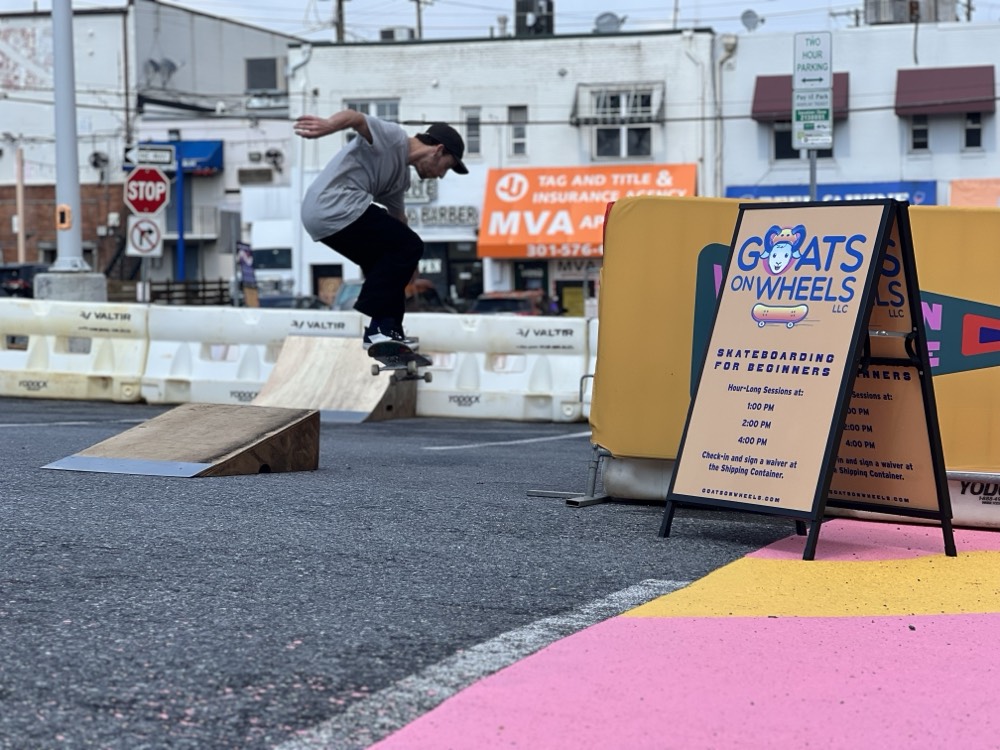
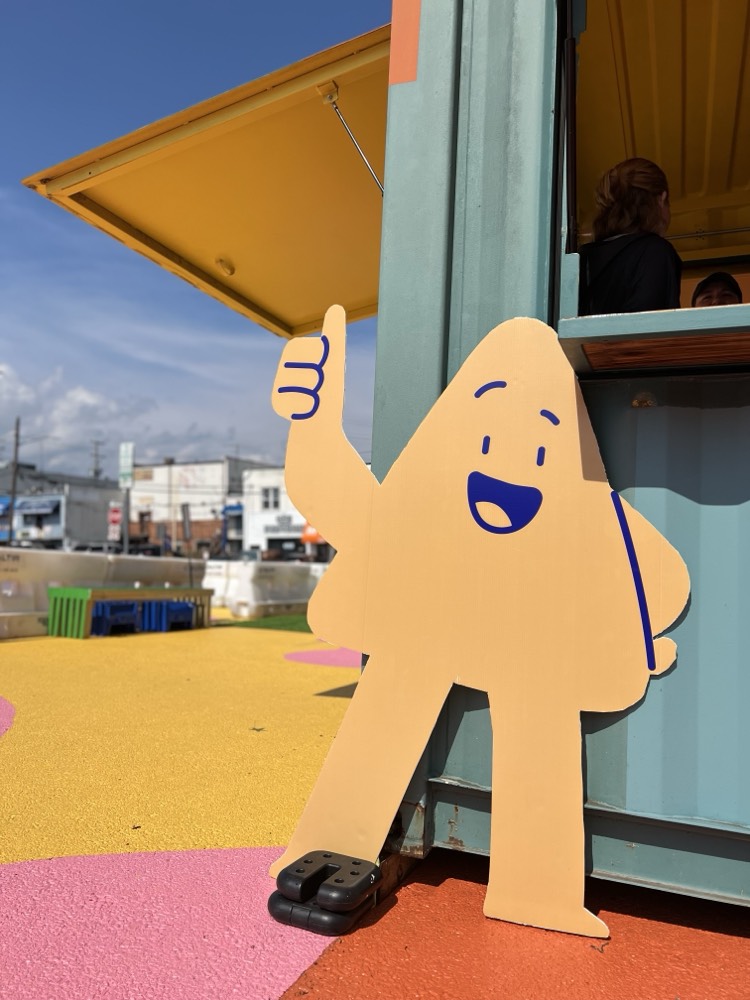
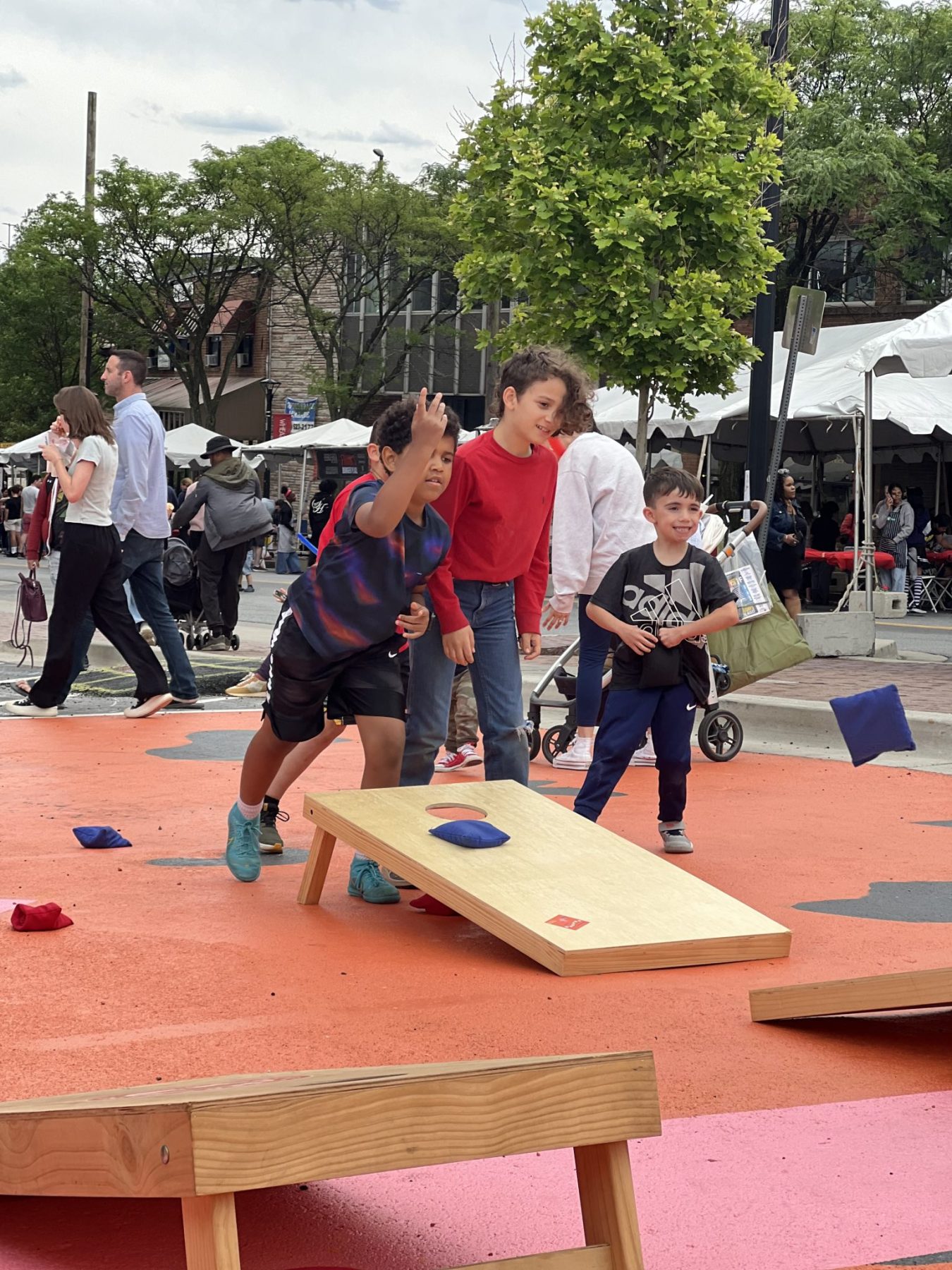
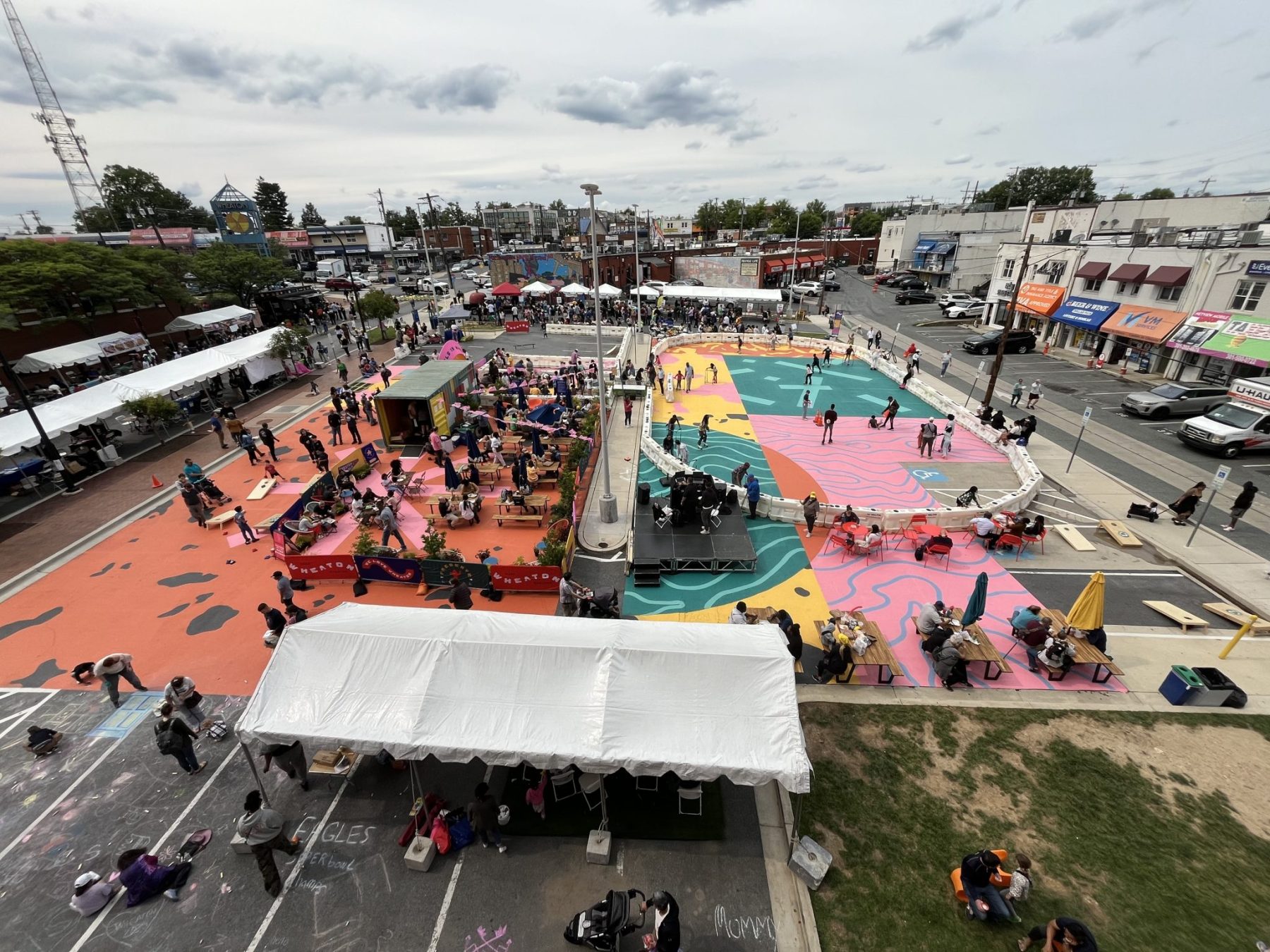
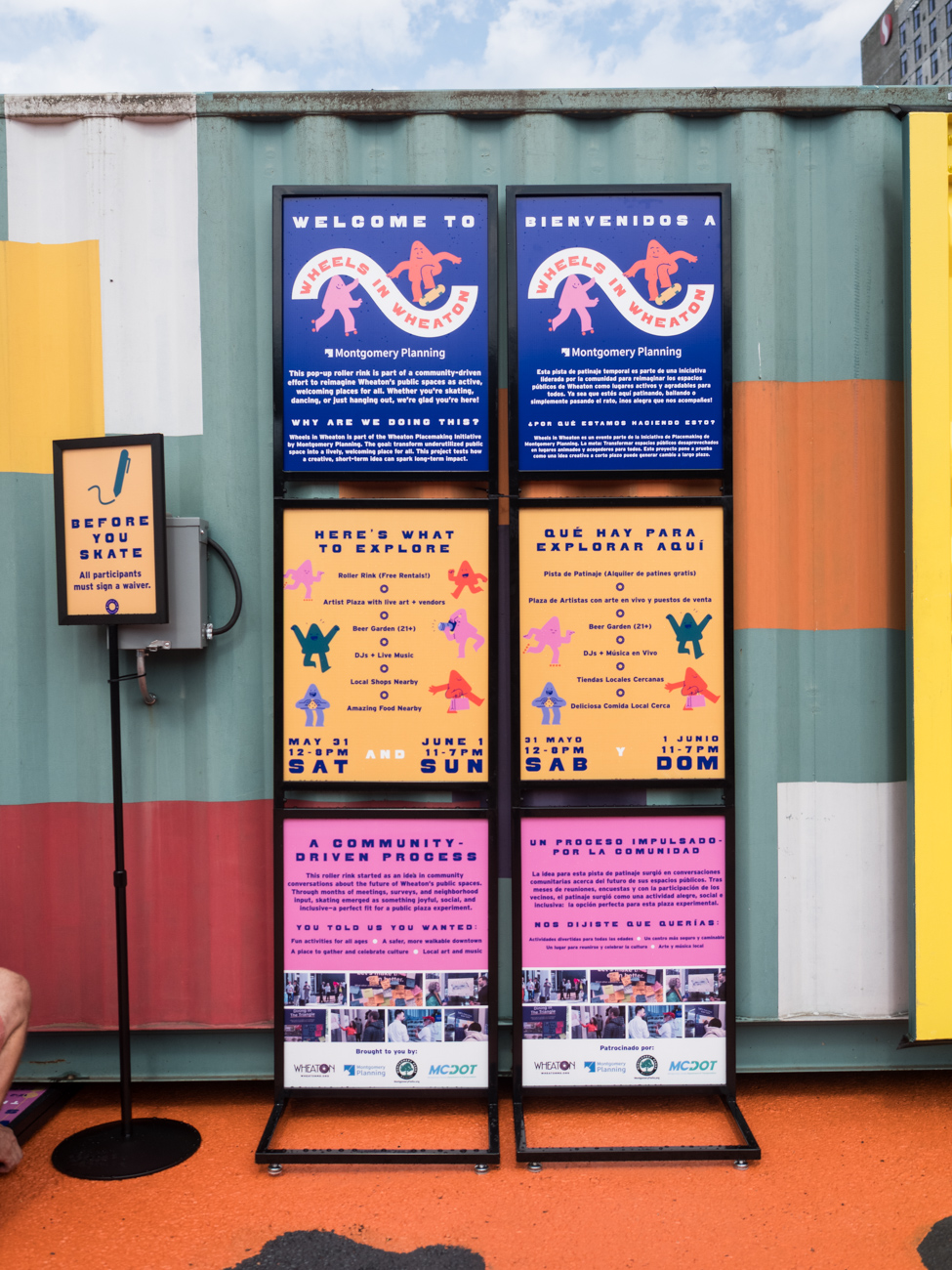
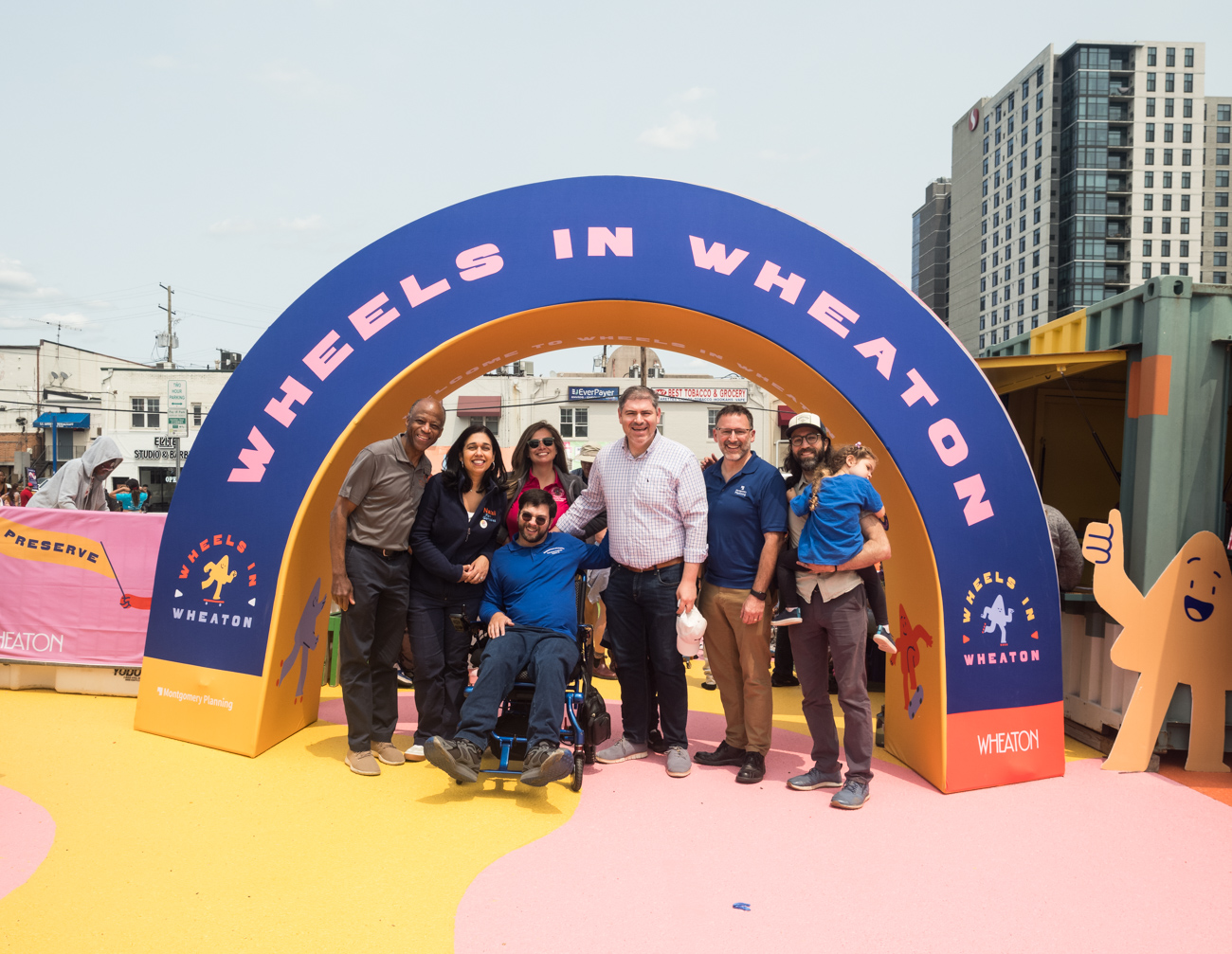
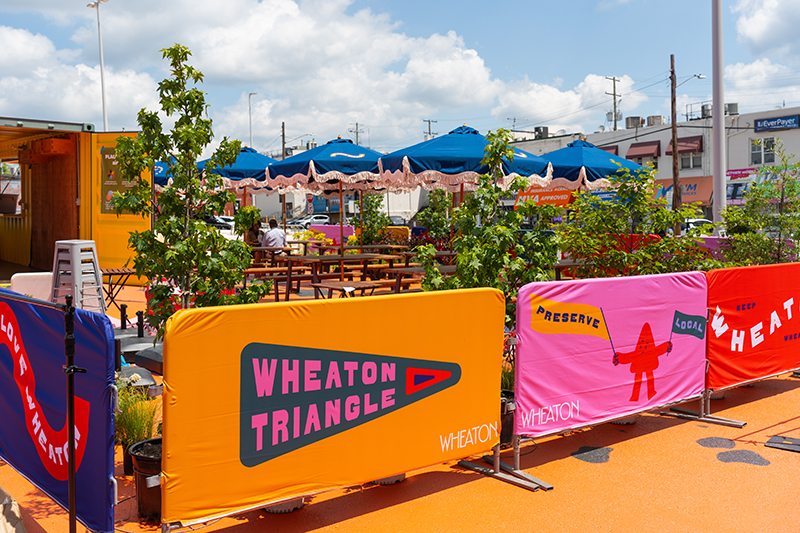
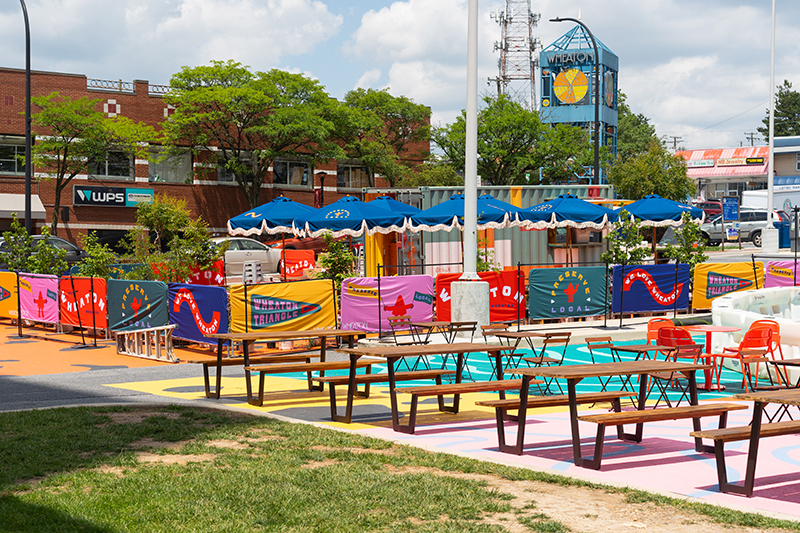
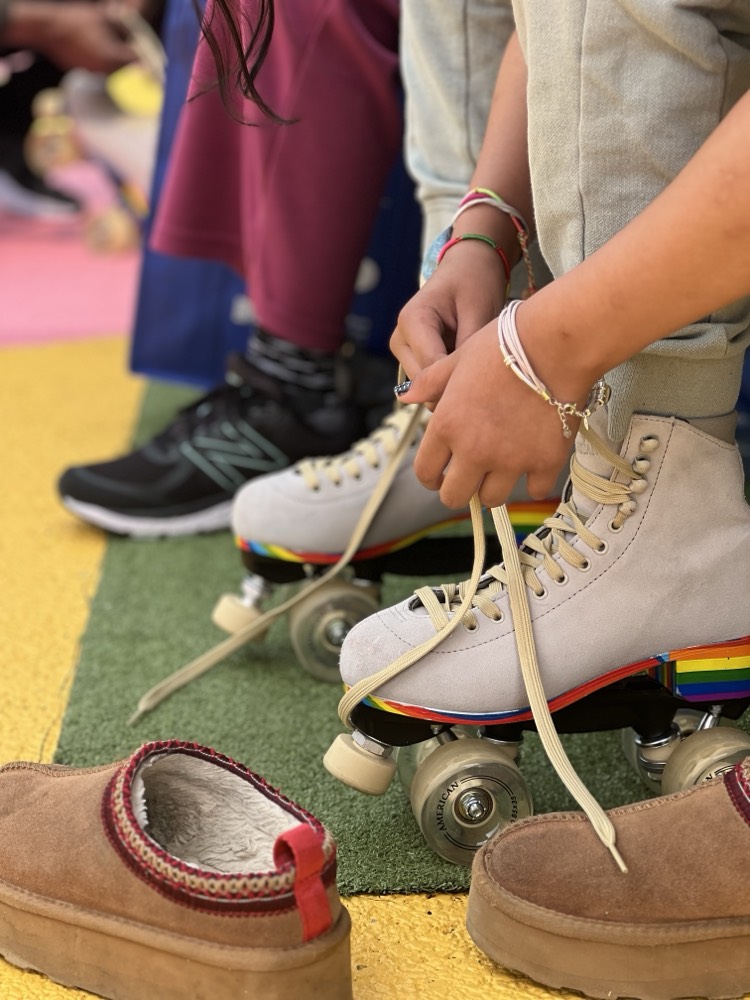
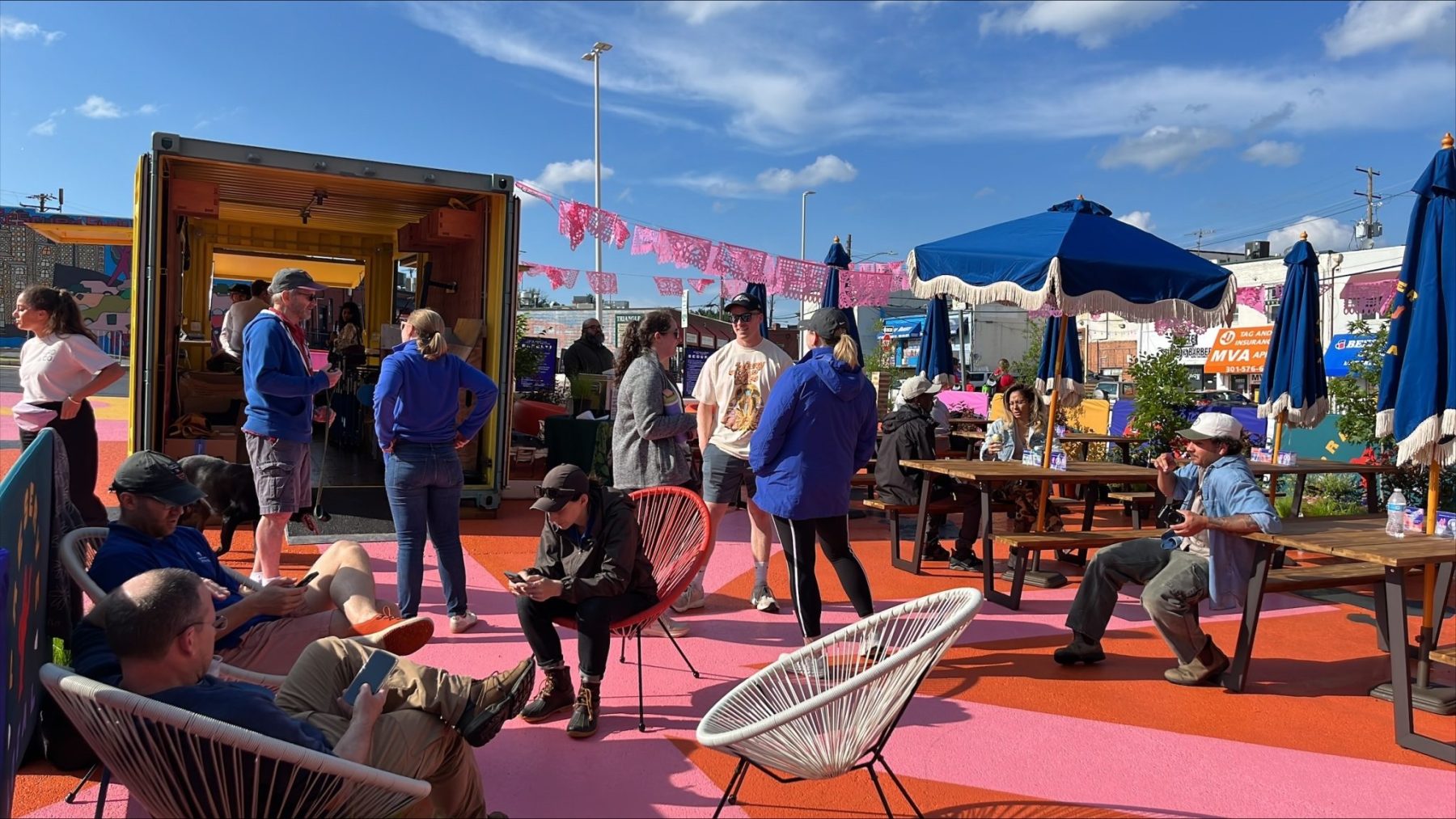
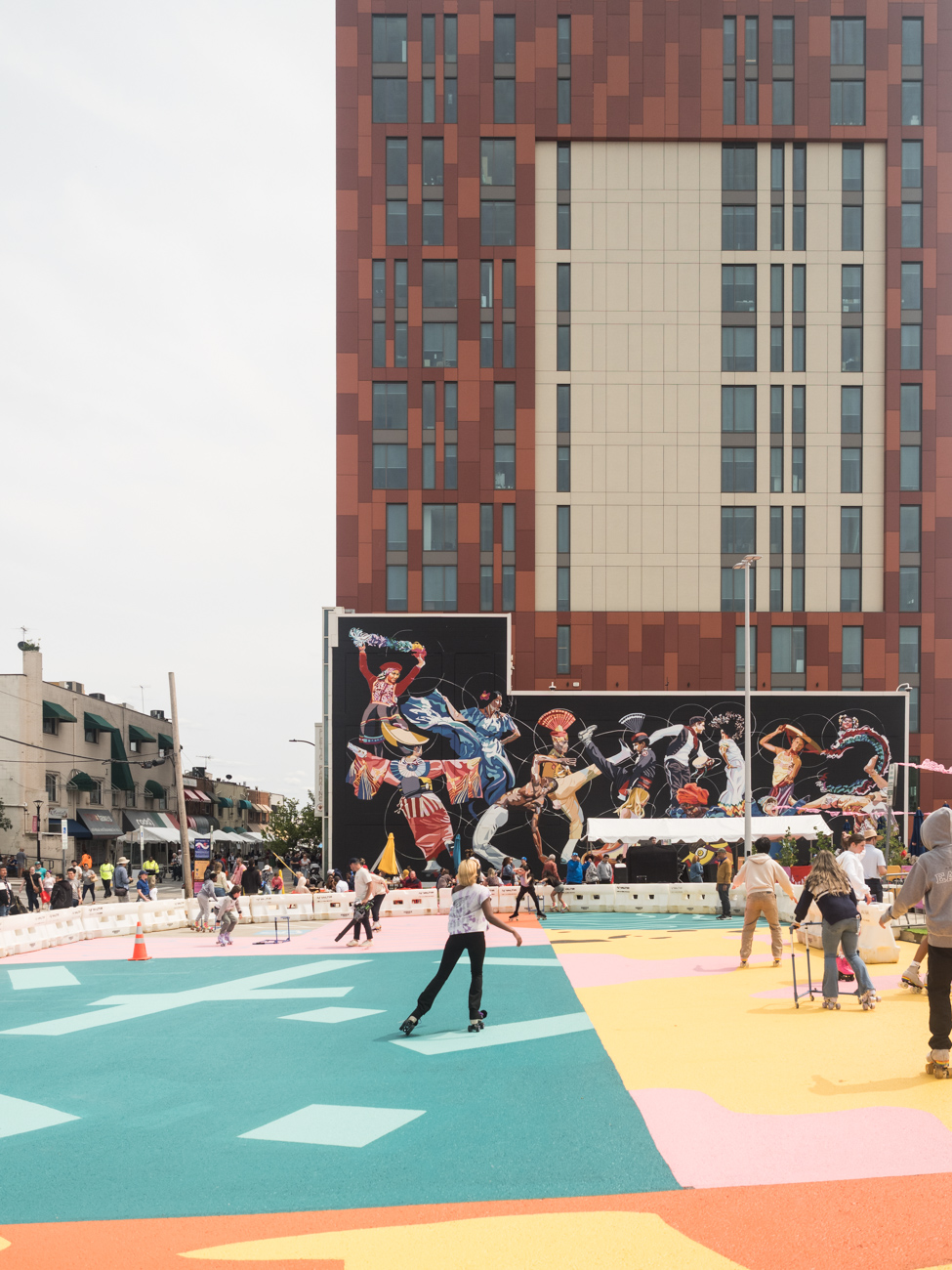
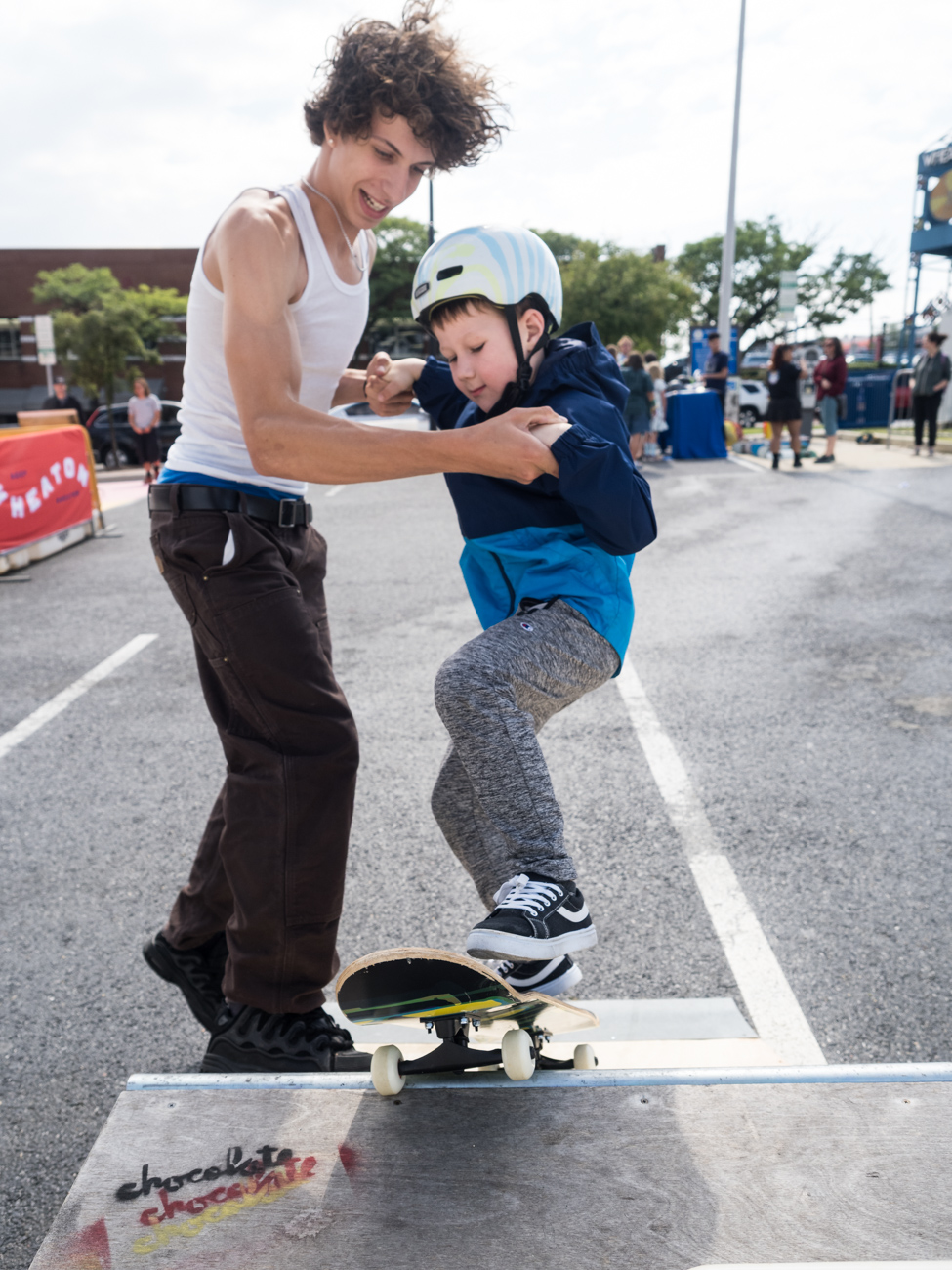
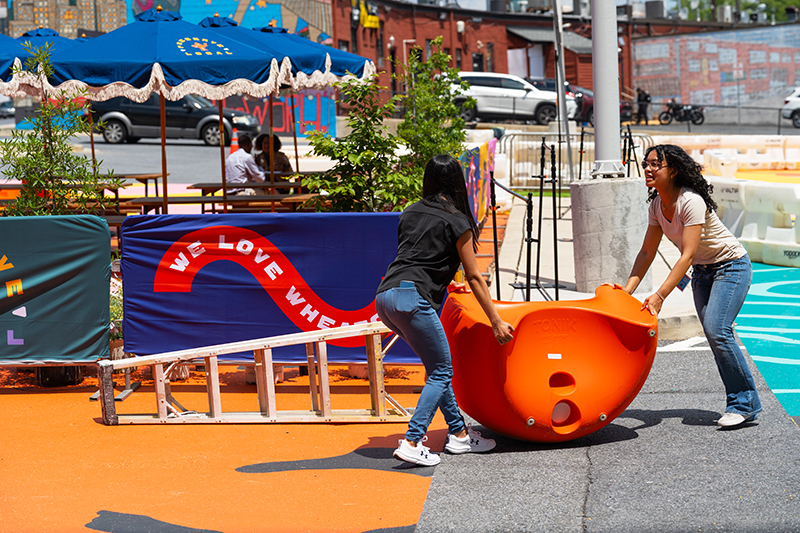
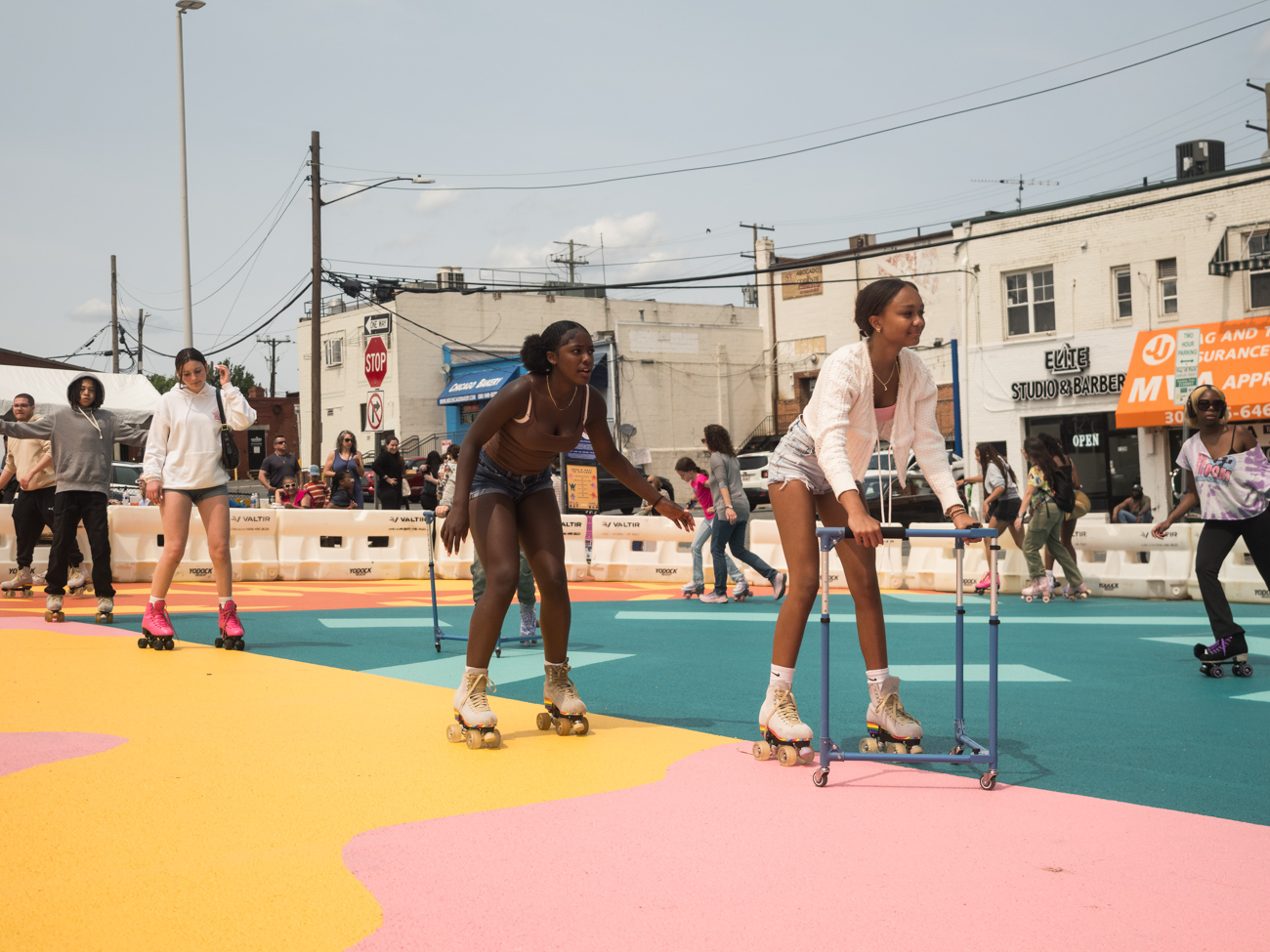
Past events
Open house
On December 11, 2024, the project team hosted an open house at M-NCPPC’s Wheaton Headquarters. Over 50 community members stopped by to learn more about the project, provide valuable input, and engage with planners. Attendees visited stations set up around the room, each focused on a different aspect of the project including connectivity, activation, and retail.
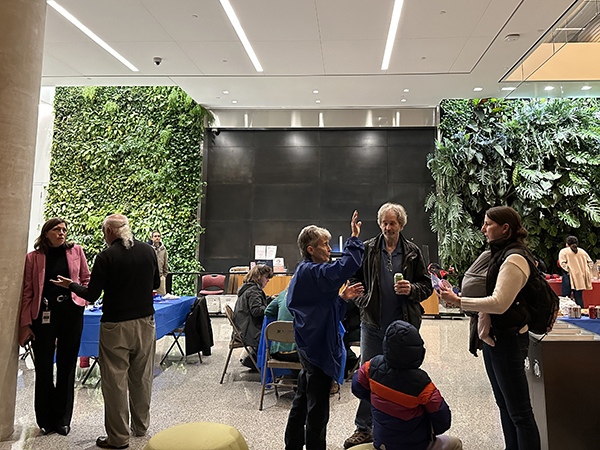
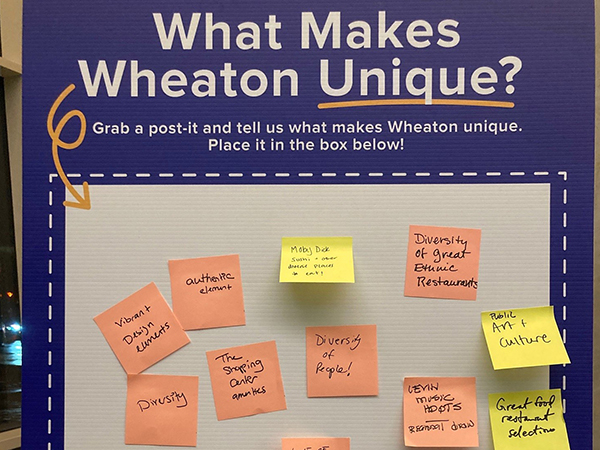
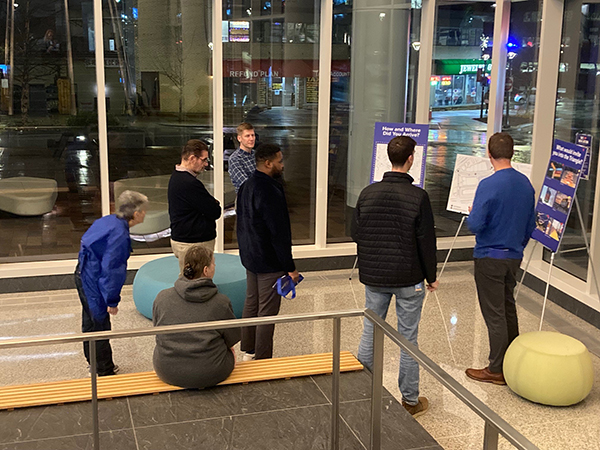
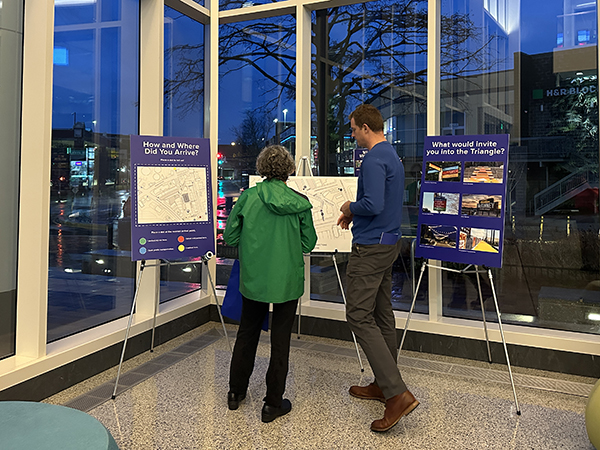
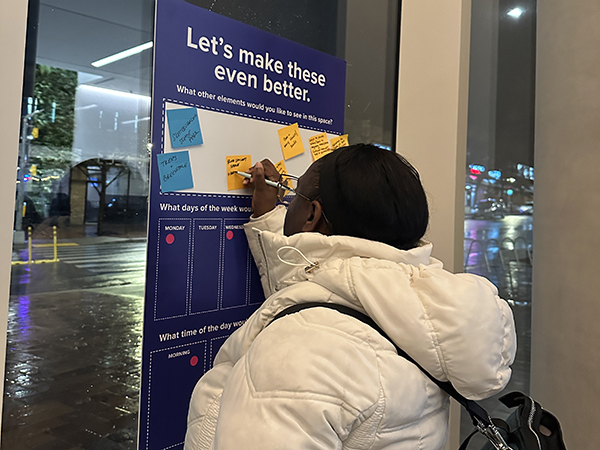
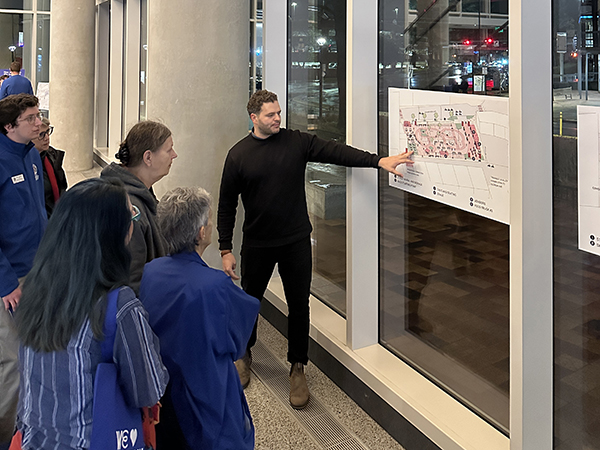
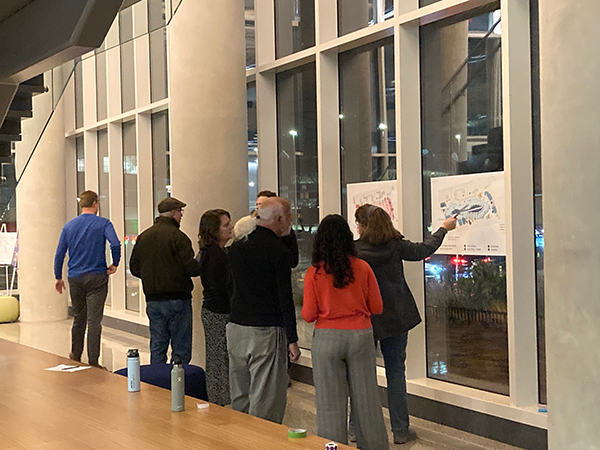
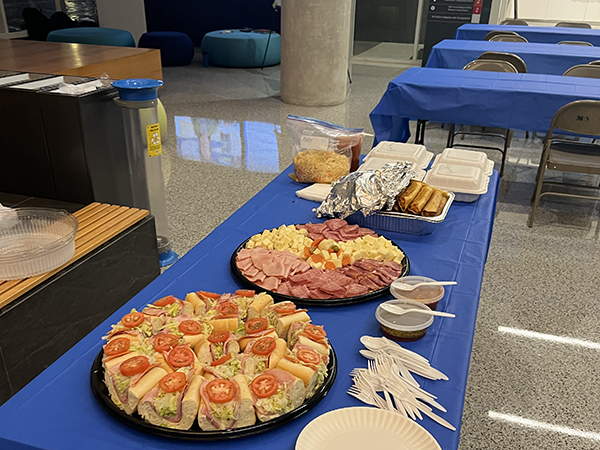
Project kickoff
On August 22, 2024, the project team hosted project partners and major stakeholders for coffee, donuts, and conversation about how this project can take shape. Attendees participated in an interactive walking tour with the project team to discuss existing conditions and opportunities and challenges within the Core District.
